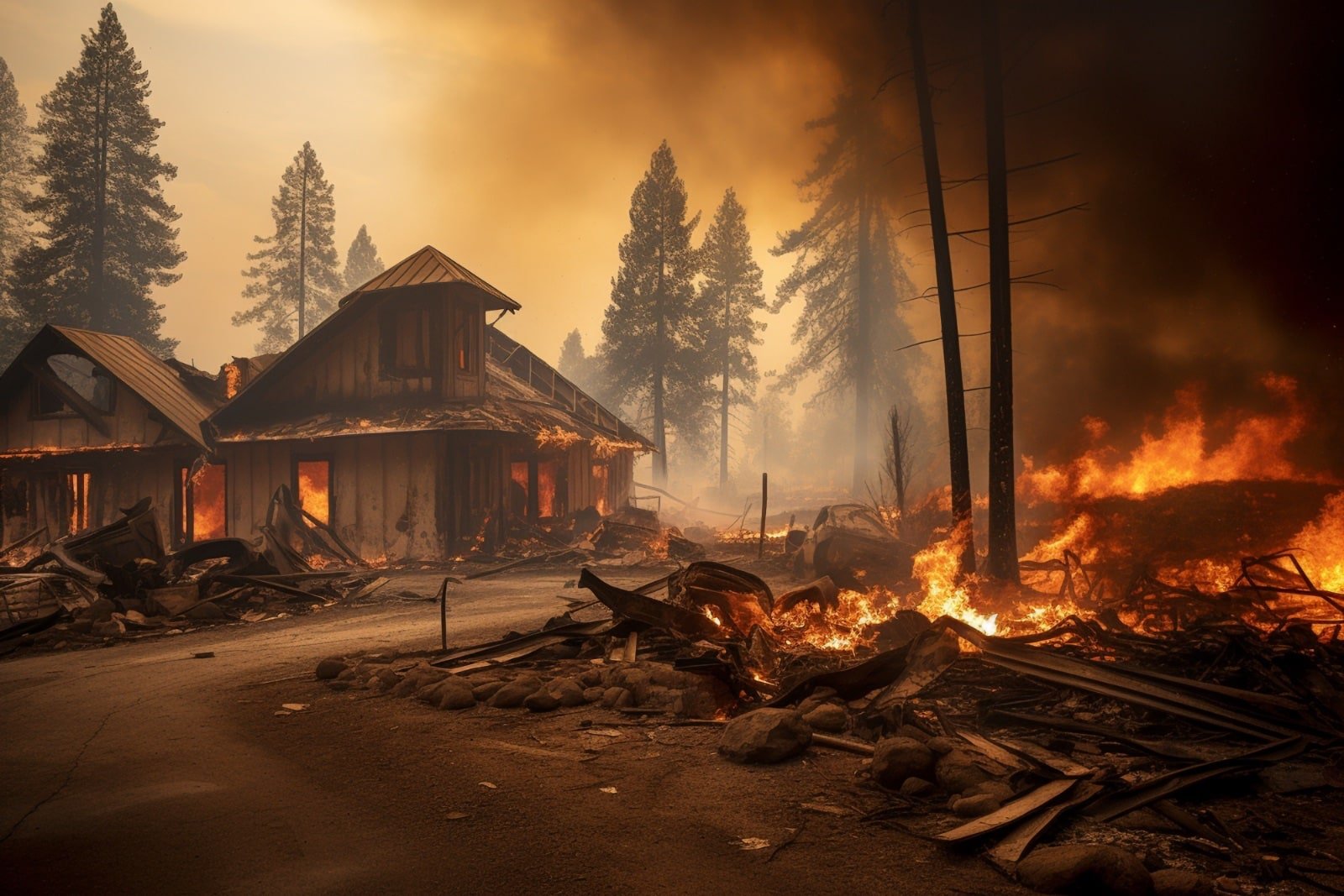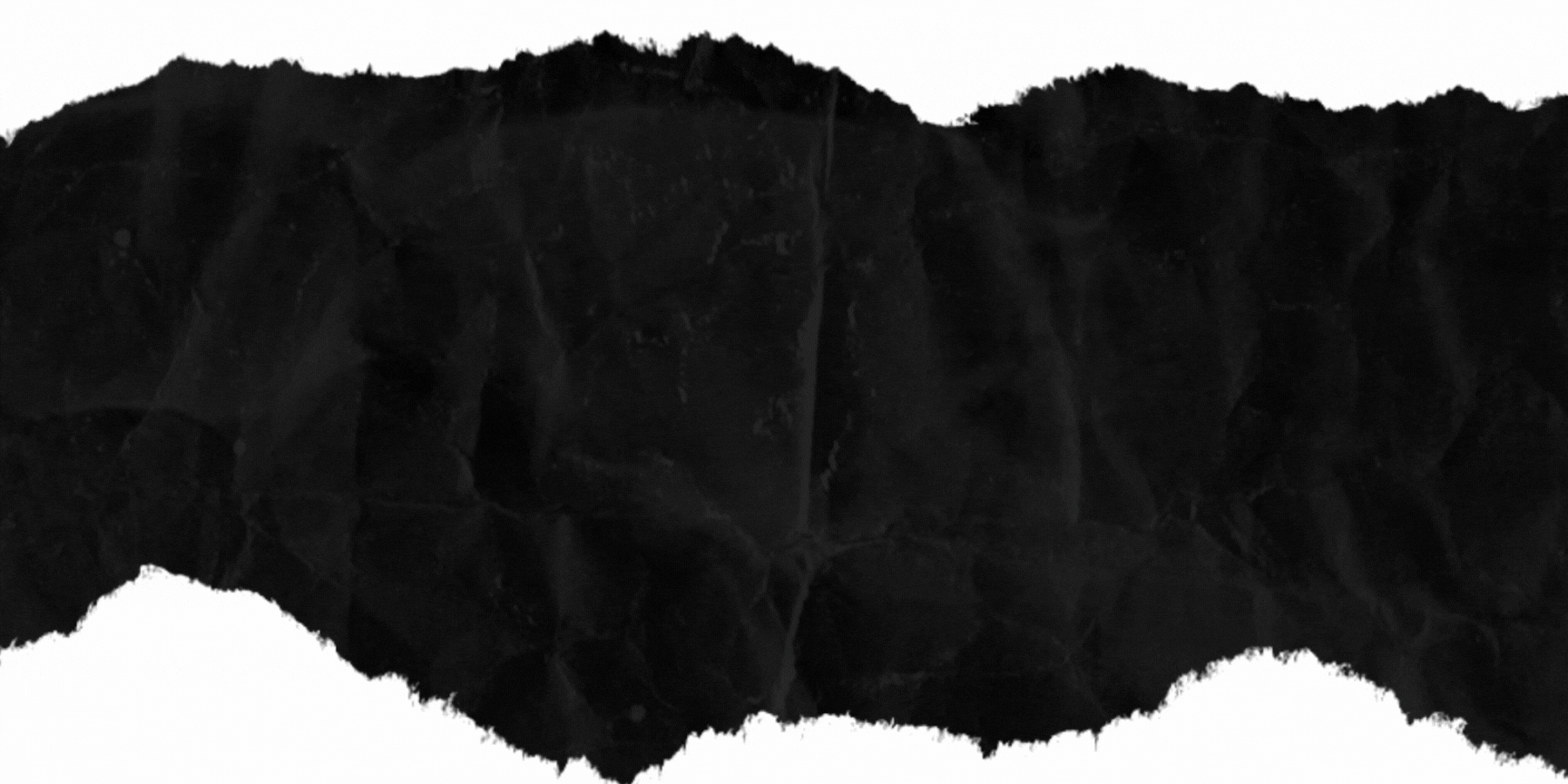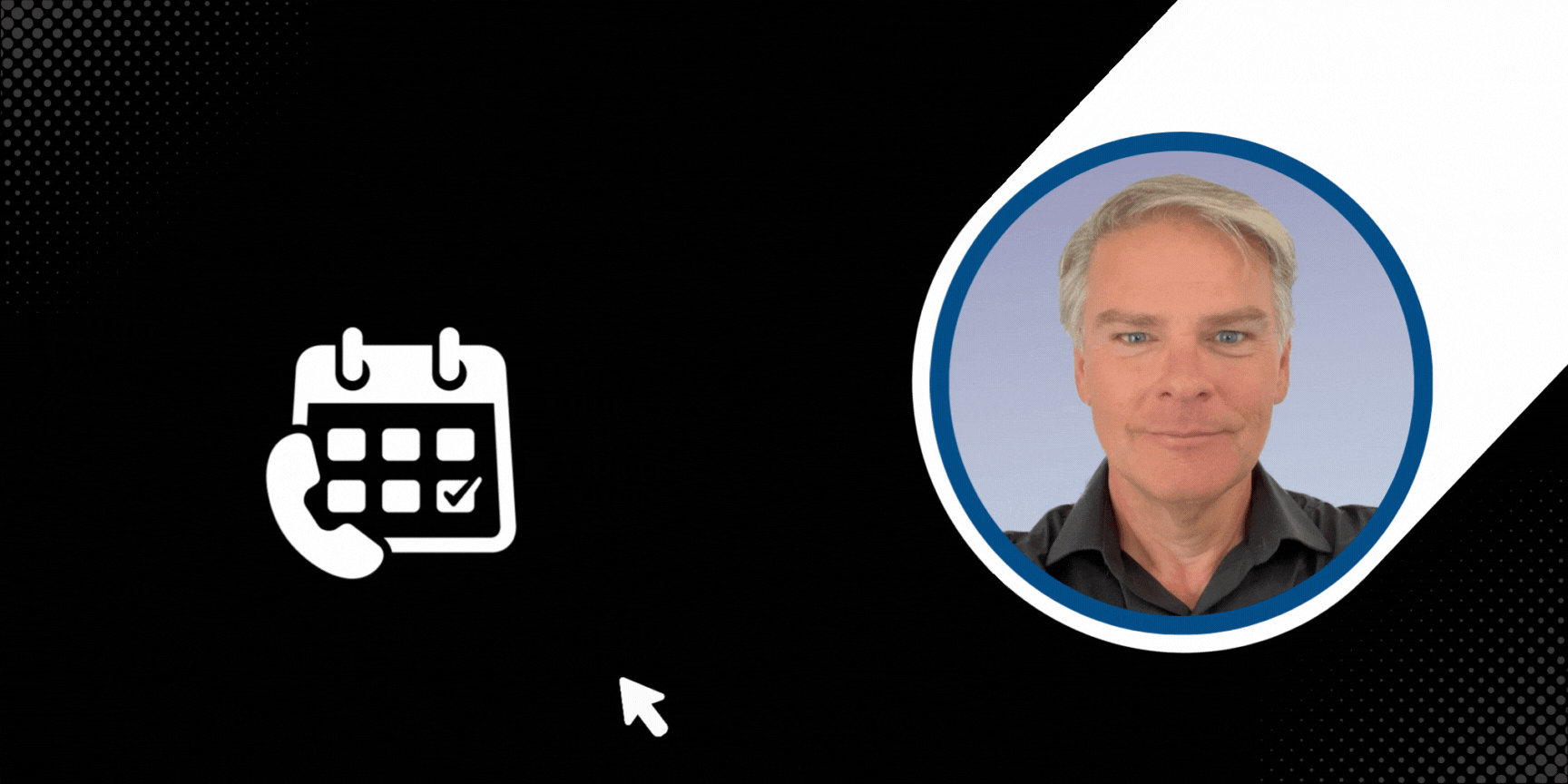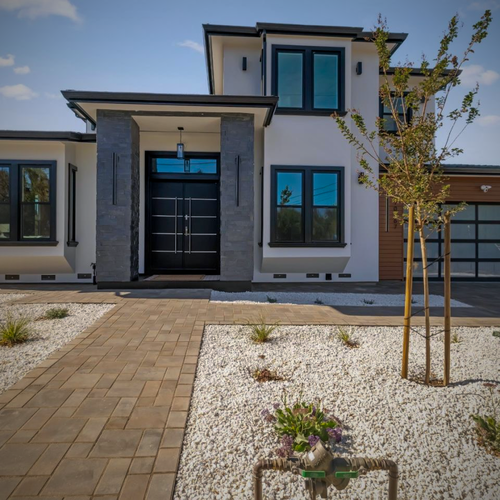The California FAIR Plan, a state-sponsored insurance program, offers a lifeline to homeowners who struggle to find coverage in the standard insurance market. This article provides a deep dive into the specifics of the FAIR Plan, its coverage, eligibility, requirements, costs, exclusions, the DIC policy, and how to secure coverage.
Understanding the California FAIR Plan
The California Fair Access to Insurance Requirements (FAIR) Plan is an insurance pool established to ensure that homeowners in the state can access basic property insurance. The FAIR Plan was created over 50 years ago, not by taxpayers, but by insurance companies under the oversight of the California Department of Insurance. It offers coverage to California residents and businesses in both urban and rural areas who are unable to secure insurance through a traditional insurer.
“The FAIR Plan’s mission is to protect consumers…While the FAIR Plan has a long history of protecting consumers it must continue to respond to climate change and future threats.” – Commissioner Lara
Key Takeaways for Silicon Valley Homebuyers and Homeowners
✔ FAIR Plan is a last-resort insurance option, designed for high-risk areas like wildfire zones.
✔ Certain homes may not qualify (e.g., condemned buildings, homes with ongoing significant repairs).
✔ Replacement cost coverage is limited, especially for older homes and mobile homes.
✔ Additional protections (like earthquake insurance) must be purchased separately.
✔ Vacant properties require extra endorsements for vandalism protection.
Why So Few Insurance Companies Offer Coverage in California
Few insurance companies operate in California due to the state’s high wildfire risk, strict regulations, and financial unpredictability. Massive wildfire losses, which have resulted in billions of dollars in claims, have made it increasingly difficult for insurers to remain profitable. Additionally, California’s strict rate-setting laws, overseen by the Department of Insurance, prevent insurers from adjusting premiums quickly to reflect increasing risks. This has led major insurers like State Farm and Allstate to stop writing new policies in the state.
In response, California is working to reform insurance regulations by allowing insurers to use forward-looking wildfire risk models, speeding up rate approvals, and requiring companies that sell auto or business insurance to also offer home insurance. These efforts aim to restore competition, expand coverage options, and reduce reliance on the California FAIR Plan, which has seen a surge in policies as private insurers leave the market.
The Role of the FAIR Plan in the Insurance Market
The FAIR Plan serves as a temporary safety net for property owners until traditional insurance coverage becomes available. It aims to support a healthy insurance market where consumers benefit from real choice and competition. The FAIR Plan is not intended to compete with or replace traditional insurers. It supports policy solutions that strengthen consumer choice and expand competition to help keep insurance rates as low as possible.
Recent Growth in FAIR Plan Policies
Over the years, the FAIR Plan has seen substantial growth in the number of policies due to the increasing wildfires and other climate risks. As of 2023, approximately 3.7% of California homeowners are insured through the California FAIR Plan. This marks an increase from 3% in 2021. The FAIR Plan has seen significant growth in recent years, with the number of policies more than doubling from 126,709 in 2018 to over 350,000 by January 2024. This surge reflects the increasing challenges homeowners face in securing traditional insurance coverage, particularly in areas prone to wildfires.
Concerns over FAIR Plan Solvency
The California FAIR Plan faces growing solvency concerns due to rising wildfire claims, an unsustainable funding model, and rapid policy growth as private insurers withdraw from high-risk areas. With over 350,000 policies in 2024, the plan is increasingly strained as claims outpace financial reserves. Limited premium flexibility and regulatory challenges prevent necessary rate adjustments, while concentrated wildfire risks threaten its ability to cover catastrophic losses. If claims exceed available funds, the plan may require state intervention or higher assessments on private insurers, potentially increasing costs for all policyholders.
Private FAIR Plan Alternatives
Before resorting to the California FAIR Plan, I advise you to attempt to secure a traditional homeowners insurance policy with extended wildfire coverage. Some insurance providers still offer policies in Silicon Valley’s high-risk areas.
Below are some insurers and their wildfire coverage options. Please note that the insurance market is very dynamic and this is subject to change at any time without notice.
- USAA: Offers coverage in some high-risk areas, primarily for military families.
- Chubb: Specializes in high-value homes and luxury properties.
- AIG Private Client Group: Best suited for high-net-worth individuals and estate homes.
- Hippo Insurance: Covers some high-risk areas with technology-driven policies.
- Farmers Insurance: Offers coverage in limited high-risk areas, especially near fire stations.
Coverage Offered by the FAIR Plan
The FAIR Plan offers basic fire insurance coverage for high-risk properties. The coverage includes damage caused by fire, lightning, smoke, or internal explosions. Optional extended coverage can be purchased for windstorms, hail, explosions, riots, aircraft, vehicles, vandalism, or malicious mischief.
However, the FAIR Plan does not provide coverage for theft, falling objects, freezing, water damage, or personal liability. It is important to be aware of what your specific coverage includes or excludes to ensure you are adequately protected.
Basic coverage includes:
- Fire or Lightning
- Internal Explosion
- Smoke Damage
- Optional additional coverages:
- Extended Coverage (ECE): Covers windstorm, hail, explosion, riot, civil commotion, aircraft/vehicle damage, volcanic eruption.
- Vandalism or Malicious Mischief (VMM): Available only if ECE is included.
- Fair Rental Value: Up to 50% of the dwelling limit.
- Debris Removal: Can be added up to 5% of the total coverage limits.
- Dwelling Replacement Cost:
- Automatically included for homes 25 years old or less, unless declined.
- If a home is older than 25 years, the roof must have been updated within the last 25 years to qualify.
- Inflation Guard Coverage: Required if Dwelling Replacement Cost is added.
Limitations and Additional Coverage
The FAIR Plan coverage has certain limitations and therefore, it is recommended (and will be required by your mortgage lender) that homeowners purchase a Difference in Conditions (DIC) policy to supplement the FAIR Plan coverage. The DIC policy offers additional coverages to provide the equivalent of comprehensive homeowners insurance.
FAIR Plan does NOT include Earthquake Insurance. Homeowners must purchase separately from the California Earthquake Authority (CEA).
If your home is older than 25 years, you MUST prove that the roof has been replaced in the last 25 years to qualify for replacement cost coverage. If the roof is in poor condition or older than 25 years, you must know that this is often a deal breaker and needs to be addressed by the homeowner or homebuyer in the sale process if FAIR insurance is your only coverage option…but these days, many other insurers also will decline coverage on homes with older roofs.
Applicants not using an insurance agent must acknowledge that they are not receiving professional guidance regarding coverage adequacy.
Silicon Valley has many multi-million dollar homes, especially in Atherton, Palo Alto, Los Altos Hills, and Saratoga. If your home’s value exceeds $1.5 million, expect additional requirements. The FAIR Plan caps total coverage at $3 million, meaning high-end homeowners will need supplemental coverage from private insurers.
FAIR Plan Coverage Restrictions
- Maximum coverage limits:
- If the combined coverage (Dwelling, Personal Property, Other Structures) exceeds $1,500,000, an appraisal and exterior photos are required.
- The maximum coverage limit per policy is $3,000,000.
- No duplicate insurance: FAIR Plan does not allow duplicate policies with other insurance providers.
- Un-repaired Damage:
- If there is existing property damage, a repair contract signed by a licensed contractor must be submitted with the application.
- If the property has been condemned or deemed uninhabitable, coverage may be denied.
- Vacancy Restrictions:
- If a home is vacant or unoccupied, additional documentation is required.
- Special conditions apply if a rental property is vacant or rented for less than one year.
Short-term rentals (less than one year) require extra documentation and might not qualify under standard FAIR Plan policies.
Eligibility for the FAIR Plan
Any person who has made a diligent but unsuccessful effort to buy home insurance can turn to the FAIR Plan to insure their home with a basic dwelling policy. As long as the property meets minimal underwriting standards, the FAIR Plan will insure the home, even if it is in a high-risk wildfire area.
- A dwelling must be used exclusively for residential purposes (up to four units).
- Mobile/manufactured homes are eligible, but they do not qualify for Dwelling Replacement Cost coverage.
- Homes undergoing significant renovations or in the Course of Construction require a Commercial application.
- If a dwelling is vacant or unoccupied, special coverage (FAIR Plan Vacancy Permit Endorsement) is required for Vandalism or Malicious Mischief.
Cost of the FAIR Plan
The cost of a FAIR Plan policy is generally higher than that of a standard home insurance policy due to the higher concentration of high-risk properties it covers. The FAIR Plan rates need to be actuarially sound so that premiums are adequate to cover expected losses, expenses, and taxes.
A property’s exact location will determine the cost of coverage. There is no way you can begin to estimate the cost of FAIR plan coverage without providing the exact address and characteristics (age, square footage, etc.) of the property. Some homes may be exorbitant to insure; others may be less costly than you’d expect. A home in downtown Los Gatos may have better coverage options than one in Alma or Redwood Estates due to proximity to fire services.
A general rule of thumb, though, is that if your is on the small side, the coverage will not be very expensive. A 1,500sf home will cost about 1/2 of what a 3,000sf home will cost to rebuild. Larger homes may well cost quite a bit more to rebuild than the current home is worth, including the land value. If you do have a larger home in a high or very high wildfire risk area, be prepared to see a very high FAIR plan cost, perhaps exceeding $20,000 or $30,000.
Premiums will likely be higher than standard insurance policies, especially if your home is far from a fire station or hydrant.
If you’re purchasing a vacation home, rental property, or second home, particularly in Santa Cruz, Aptos, or the Los Gatos hills, securing full coverage may be difficult or expensive.
What You Need to Know about the Difference in Conditions (DIC) Policy
A Difference in Conditions (DIC) policy is designed to complement the California FAIR Plan by providing additional coverages that the FAIR Plan does not offer. Here’s an overview:
Coverage Details
The California FAIR Plan primarily covers damages from fire, lightning, and internal explosions. However, it excludes several important coverages, which a DIC policy can provide, including:
- Water Damage: Protection against accidental water-related incidents.
- Theft: Coverage for stolen personal property.
- Personal Liability: Protection against legal claims for injuries or damages occurring on your property.
- Falling Objects: Damage caused by objects falling onto your property.
- Freezing: Damage resulting from frozen pipes or systems.
By combining a FAIR Plan policy with a DIC policy, homeowners can achieve coverage similar to a standard homeowners insurance policy. If you are looking to buy a home in California, and a FAIR plan is your only option, and you’re getting a mortgage loan, you will absolutely need a DIC policy. You will need to budget for the cost of the DIC policy in addition to the FAIR plan quote itself.
DIC Policy Cost Considerations
The cost of a DIC policy varies based on factors such as the property’s location, value, and the specific coverages selected. As of 2022, the average annual premium for a California FAIR Plan policy was reported at $3,200. Adding a DIC policy will increase the total premium, but exact figures depend on individual circumstances.
Providers of DIC Policies
Quite a few insurers offer DIC policies to complement the California FAIR Plan. The California Department of Insurance provides a list of such insurers. It’s advisable to consult with a licensed insurance broker to determine the best DIC policy for your needs and to obtain specific pricing information.
How to Secure Coverage from the FAIR Plan
Securing coverage from the FAIR Plan involves shopping the market and, if unsuccessful, applying for coverage under the FAIR Plan through an agent or broker licensed to sell property insurance. You can also contact the FAIR Plan directly at 800-339-4099, but you would be well advised to let your insurance broker handle this for you.
Home Insurance Tips for Silicon Valley Home Sellers
Selling a home in Silicon Valley comes with unique challenges, such as high property values and wildfire risks. These tips can help you protect your investment, avoid liability, and ensure a smooth selling process. If your home is in a wildfire-prone area, consider emphasizing fire safety measures (like defensible space or upgraded roofing) to reassure buyers and keep insurance costs manageable.
Get a New Insurance Quote, or Two, or Three
It is critical for every homeowner in Silicon Valley who is selling to get at least one insurance quote for the disclosure package to give to buyers. Many homeowners mistakenly believe that because they haven’t been kicked out of coverage by their carrier, that this same carrier will give a new buyer the same or similar coverage. Smart sellers will research the current insurance options for their home and make sure that buyers have this information, including costs and coverage amounts, before they make an offer.
Sellers will often find that the only insurance coverage available is the FAIR plan, and this is important to know, especially if the rebuild cost of your home will exceed the $3m rebuild cost limit. My advice is to turn over every stone and find an insurance plan that will protect the home for the full cost of reconstruction, as this is what many buyers will insit on.
Get An AB 38 Inspection & Clearance if Need Be
If your home is in a high or very high wildfire risk area, an AB 38 Defensible Space Inspection will be required. While it is possible to shift the responsibility for that inspection to the buyer who can the do that after closing, this is an unnecessary risk. You want to make sure that the buyer can write a clean, non-contingent offer on your home, and if a buyer is worried about passing an AB 38 Inspection, that may limit the number or quality of offers you receive, potentially reducing your home sale price and/or causing your deal to fall out of contract.
Remove Close or Overhanging Tree Branches and Brush
Even if your home is not in a high or very high fire hazard area, many insurance companies are declining to cover homes that they feel pose heightened risk due to tree branches hanging over the house or in close proximity to the home. My advice is to get ahead of this before it becomes an issue. Often times, doing so will improve the presentation of your home and increase the amount of natural light reaching the interior. It’s a win-win!
Protect Against Vacant Home Risks
If the home will be unoccupied during the selling period, let your insurance company know. Vacant homes often require additional coverage because they are more vulnerable to vandalism, theft, and damage that may go unnoticed.
Review Your Liability Coverage
Ensure your liability insurance is adequate to cover potential accidents during showings or open houses. Prospective buyers and agents walking through the home increase the risk of accidents, and you could be held liable.
Final Thoughts
While the California FAIR Plan provides a vital lifeline for those struggling to secure traditional insurance coverage, it’s crucial to understand its limitations and the need for additional coverage through a DIC policy. It’s also important to keep shopping for a better option in the private market as the insurance landscape continues to evolve.
Silicon Valley Luxury Homes for Sale
2
3
4
5
6
7
8
9
10
11
12
13
14
15
16
17
18
19
20
21
22
23
24
25






